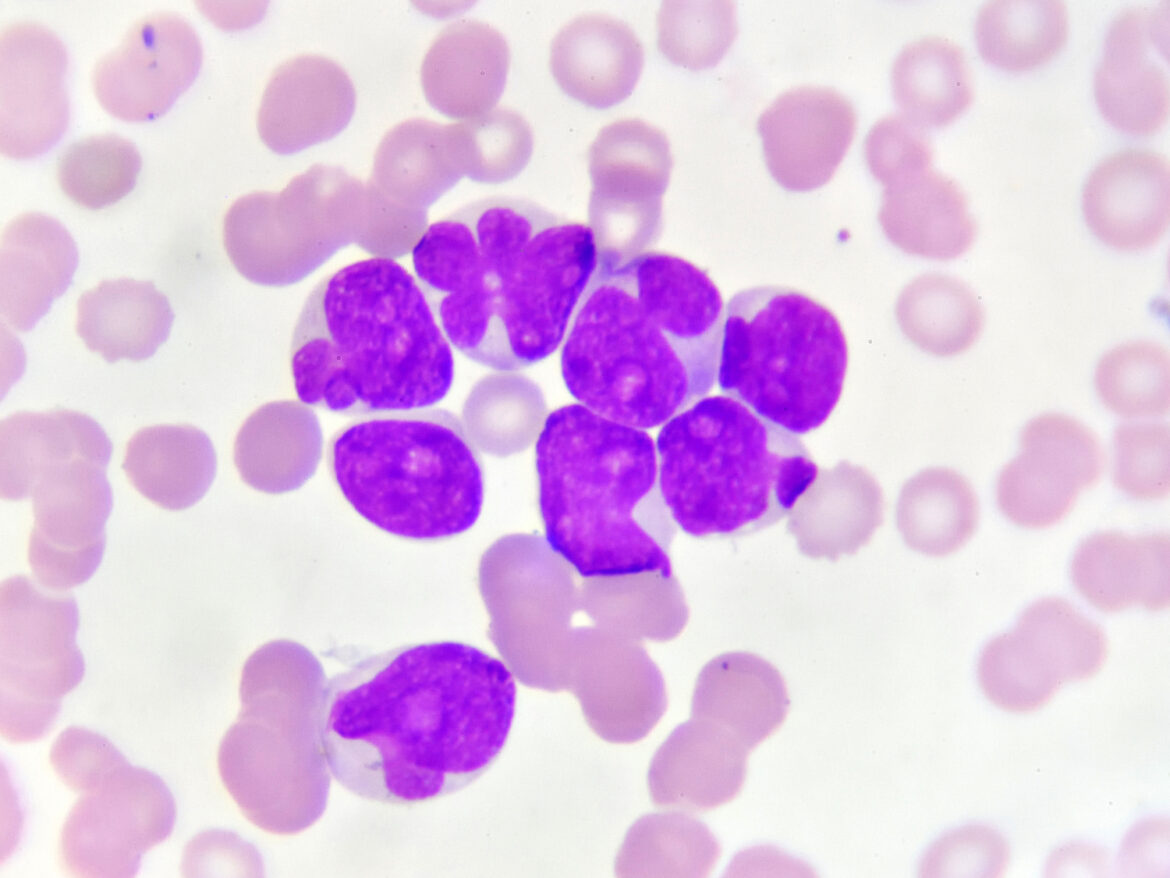Almost 20,000 new cases of Acute Myeloid Leukemia (AML) are detected every year in the U.S. Caused by abnormalities in the DNA responsible for bone marrow cell development, AML affects how your body produces white blood cells (WBCs). The rapid growth of abnormal WBCs in the blood is the primary cause of AML. Let’s take a closer look at the symptoms, diagnosis, and treatment of AML.
Symptoms Of AML
In the initial stages, AML symptoms resemble those of the flu. Apart from fatigue and fever, other symptoms may include:
- Swollen and bleeding gums
- Sudden unexplained weight loss
- Easy bruising
- Pain in bones
- Breathlessness
- Frequent nosebleeds
- Abnormally heavy flow during periods
Diagnosis Of AML
While performing a physical examination, your doctor will check your liver, spleen, and lymph nodes for signs of swelling. If AML is suspected, you may require further blood tests to determine WBC levels and the presence of anemia.
The most definitive test for AML is a bone marrow biopsy or test. Occasionally your doctor may perform a spinal tap or lumbar puncture to check for the presence of cancerous cells in the spinal fluid.
Treatments Available For AML
AML treatment includes a two-phased process manner that involves killing the existing cancerous cells and keeping new leukemia cells from developing.
- Remission induction therapy makes use of aggressive drugs through chemotherapy to attack diseased cells. As this form of treatment often eliminates cells indiscriminately, immunity is a significant issue and stays in sterile environments like hospitals are advised during the treatment.
- Consolidation therapy is the second stage of treatment and involves destroying cancer cells that may remain. Stem cell therapy forms an essential part of this treatment and helps your body to generate healthy bone marrow cells.
Outlook For People With AML
Like most cancers, early detection and treatment show the best results, with approximately two-thirds of people achieving remission. Remission therapy is said to be successful if all signs of AML cease to exist. Doctors classify patients in remission for more than five years as cured of AML.
Using protective gear in areas containing hazardous chemicals and radiation can reduce your risk of AML. Immediately seek your doctor’s advice if you have concerns about abnormal symptoms.

